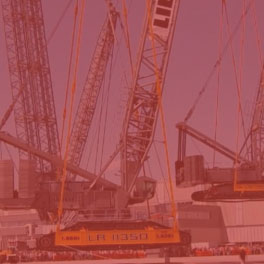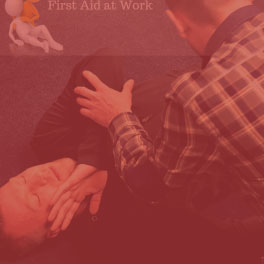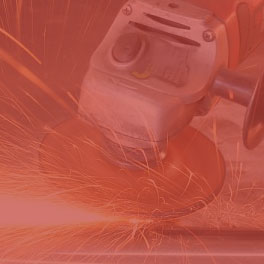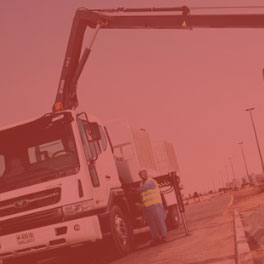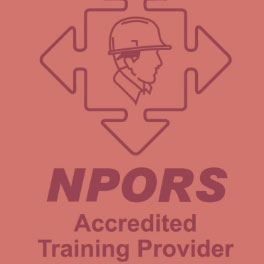Crane Supervisor
This Crane Supervisor course is for delegates who are required to supervise the plan safe systems of work using lifting equipment. An understanding of working with cranes and lifting equipment is required.
The Aim of the Crane Supervisor course is designed to provide delegates with the up to date training and knowledge to enable them to understand the appointed person’s role and crane supervisor responsibilities.
Course Infomation
Course Objectives
Course Summary
Course Infomation
[table id=4 /]
Course Objectives
It is envisaged that by the end of this Crane Supervisor Course of training the learner will be able to answer questions on and perform the following:
- Have a basic understanding of the industry, the dangers of working in the industry and their responsibilities as a Crane/Lift Supervisor.
- Explain the importance of locating and identifying different types of lifting equipment and lifting accessories. Explain their basic construction, uses, applications and functions.
- Demonstrate how to interpret and extract information on all relevant documentation
- Explain and demonstrate diverse types of communication methods used for lifting purposes
- Explain procedures for placing non-serviceable items out-of-service.
- Explain the function and use of the RCIs and Anti-collision systems and use the information provided
- Explain setting up, erection, levelling and dismantling requirements for diverse types of lifting equipment and lifts.
- Set up exclusion zone explaining actions required for emergency actions and identify overhead hazards.
- Identify potential hazards and unsafe lifting practices using different lifting scenarios
- Explain the importance of checking the security of various types of loads and lifting accessories, explain the procedures ensuring load balance and integrity.
- Supervise the movement of loads to different types of locations using different methods of communication
- Explain all Environmental considerations and explain how factors such as the external area to the lift zone can affect the planning of the lifting operation
- Carry out all out of service and securing procedures.
Course Summary
- Legislation-LOLER, PUWER, HASAWA
- Roles and Responsibilities (Lifting Operations)
- Crane Types, Capabilities and Limitations
- Documentation and certification
- Crane Stability/Ground conditions
- Rated capacity and safe working loads
- Lifting Accessories Types and Use
- Communication
- Defect reporting out of service procedures
- Hazards
Appointed Person
Slinger Signaller
Excavator as Crane
Overhead Gantry Crane


